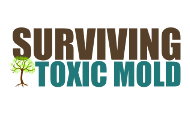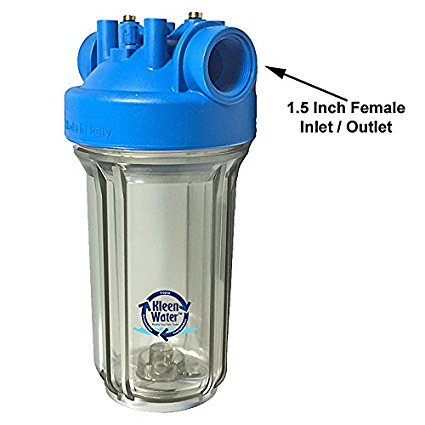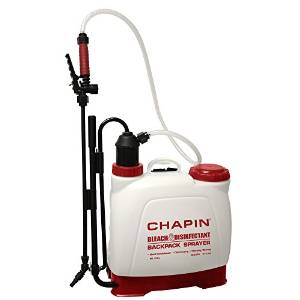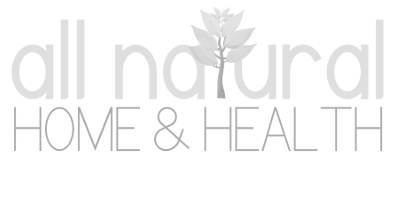Ammonia to control Toxic Mold |
Press "Play" here on a recorded interview with Dr. William Croft as he discusses mold, mycotoxins and using ammonia to control it. | If anyone is an authority on using ammonia on toxic mold and mycotoxins and the effects that mycotoxins have on humans, animals and nature (if not controlled), it would be Dr. Willliam Croft. Dr. Croft is a research pathologist/scientist from Madison, WI, studying human and animal diseases. He was granted a Doctor of Veterinary Medicine degree in 1970 and has a PhD in Medical Pathology which he earned in 1975. He has monitored diseases of the past, present and has the knowledge and experience to also detect possible diseases of the future. |
For the last 31 years Dr. William Croft has studied toxic mold as a group of poisons that contains Trichothecene Mycotoxins of which there are 180 different chemical types and 192 different fungi organisms generating these highly poisonous agents. In the 1940’s this toxic fungi species caused the death of 250,000 people in southern Russia, but more importantly since then this mycotoxin was classified as a bioterrorist agent, a weapon of mass destruction.
Mycotoxins and mold spores can be cleaned on ONLY "non-porous" items (like on my "saving your possessions" chart on the website) but only using "ammonia". Ammonia is actually the only known (natural) substance "to us", to actually change the molecular structure of both the spore and the mycotoxin metabolite.
Research on the effectiveness of using ammonia to control mold/mycotoxins (general studies)
Safety facts: Household Ammonia is diluted to 3% - 5% concentration. Toxicity levels for the human body are recorded at 15% concentration. This type of toxicity only occurs when humans are exposed to industrial strengths of the product. High strengths are only available in industrial applications. General household ammonia at 3% ratio is considered safe to use in it's non diluted state. This means if you are diluting it even farther it is even more safe.
Ratios: WARNINGS & General Safety Usage:
How do we know Ammonia is safe? I mean, shouldn't we see proof of this somehere? I don't want to take anyone's word for it right? Washing fabric in Ammonia (Clothes, Shoes, Bags, Curtains, Linens, Table Cloths, Towels, Sheets, Blankets, Pillow Cases) 2 reasons for washing in ammonia: (Ammonia is one of the only agents in the world that actually kills the mold spore as well as (neutralizes/denatures) the mycotoxin metabolites that spores create.
 General use and instructions: Wash each load in 2 cups "white" ammonia for every load with no detergent. General use and instructions: Wash each load in 2 cups "white" ammonia for every load with no detergent. (*NOTE: Do not add detergents or other chemicals/soaps of any kind. Detergents add chemicals which will then change the molecular structure of the ammonia and make it non-effective against mold spores and mycotoxin metabolite)
TIP: Because Ammonia is not a degreaser, some oils from the body may accumulate on the clothing. For this reason it might be good to rewash clothing on occasion using regular detergent (WITHOUT THE AMMONIA) or a natural detergent so the oils don't accumulate.
FACTS: Temperature DOES NOT effect mold spores or mycotoxin. Items can be washed or soaked in any temperature. YOU MUST ALSO BE AWARE - Mold is "never" the only microorganism that your possessions have been exposed to in a moldy environment {The indoor environment also contains a wide range of microorganisms including bacteria (e.g., Legionella and other gram-negative species) (85), mycobacteria (9, 415), and molds (161), as well as their products, including endotoxins and mycotoxins. There may often be a much higher bacterial load than fungal load (161, 416) } This is why if you are saving possessions it is a wise idea to also wash your items a second or third time (after ammonia) with "Epsom Salts". Epsom salts kill a wide range of bacteria and fungi. My Scientific research references are below: https://www.ncbi.nlm.nih.gov/pmc/articles/PMC145304/#r85 Using Ammonia to "Neutralize" a NEW SPACE Using Ammonia to "denature" a new clean indoor environment The key here is that you "cannot" spray ammonia in a house to remediate it. This process I am referring to is only a process used on a "NEW PLACE" that you move to that you DID NOT bring any contaminated items to. The purpose of this is to "lower" an ERMI score to below -1 so that you can safely live in a new clean environment. Ammonia is NOT used to "clean" a moldy home. It is used to decontaminate a "new space" or decontaminate an area "around" where toxic mold was cut out and removed. I can't stress this enough (YOU CAN'T CLEAN TOXIC MOLD)
Here is the proper way to "denature" a new living space
How to Neutralize Carpeting in a "NEW MOLD-FREE" Space (after moving away and leaving your possessions behind) The 1st and best solution is to not have carpeting. First let me get all the warnings out of the way:
Here is my 2nd-best solution for making sure that the carpeting in your new "escape home" is less of an issue. NEW HOME - Ammonia Carpet Cleaning Technique (What You'll Need): Carpet Cleaner - The BISSELL© PowerLifter PowerBrush Upright Deep Cleaner
The cleaning solution recipe for the carpet cleaner: 50% clear/white household ammonia and 50% (DISTILLED WATER) only. Do not mix chlorinated water with ammonia as it can put off dangerous fumes that are hazardous to your health. READ MORE ARTICLES - [Ammonia] Other ebsite references to usage of ammonia to kill toxic mold as well as neutralize mycotoxins.
- See more at: http://www.foodinsight.org/Questions_and_Answers_about_Ammonium_Hydroxide_Use_in_Food_Production#sthash.i3FkLYEX.dpuf
- See more at: http://www.foodinsight.org/Questions_and_Answers_about_Ammonium_Hydroxide_Use_in_Food_Production#sthash.i3FkLYEX.dpuf |




 We recommend purchasing a 4 gallon or more liquid sprayer to spray cielings and walls. Remember, DO NOT MIX chemicals in this sprayer. If you are going to use this for ammonia application do not use it again for anything else. We have found this sprayer very useful to keep for the future as there will be times when you'll want to spray the rooms again. You can buy this one
We recommend purchasing a 4 gallon or more liquid sprayer to spray cielings and walls. Remember, DO NOT MIX chemicals in this sprayer. If you are going to use this for ammonia application do not use it again for anything else. We have found this sprayer very useful to keep for the future as there will be times when you'll want to spray the rooms again. You can buy this one 
 Now that I've gotten the most important part out of the way this brings me to the dilemma of most people who are stuck in a rental situation after leaving their moldy home. I'd say 99% of people who had to leave their original moldy home and lost all their possessions end up having to find what they hope is a new clean "temporary" apartment or rental home. With these rentals 99.9% of the time comes carpeting that "CAN NOT" be removed. This was the case for me and my family. Here is a picture of our "clean escape home" that me and my kids fled to. The home was pretested for mold with ERMI and air and had no visible mold or history of leaks. After we secured the property I applied the "carpet cleaning" technique to the only two bedrooms that had carpeting. This is a photo after the carpet was cleaned with ammonia solution and an extracting brand new carpet cleaner.
Now that I've gotten the most important part out of the way this brings me to the dilemma of most people who are stuck in a rental situation after leaving their moldy home. I'd say 99% of people who had to leave their original moldy home and lost all their possessions end up having to find what they hope is a new clean "temporary" apartment or rental home. With these rentals 99.9% of the time comes carpeting that "CAN NOT" be removed. This was the case for me and my family. Here is a picture of our "clean escape home" that me and my kids fled to. The home was pretested for mold with ERMI and air and had no visible mold or history of leaks. After we secured the property I applied the "carpet cleaning" technique to the only two bedrooms that had carpeting. This is a photo after the carpet was cleaned with ammonia solution and an extracting brand new carpet cleaner.  Not just any old carpet cleaner will do and "DEFINITELY DON'T" use a rented machine that someone else has probably used in their moldy home. You will need to buy your own brand new
Not just any old carpet cleaner will do and "DEFINITELY DON'T" use a rented machine that someone else has probably used in their moldy home. You will need to buy your own brand new 


